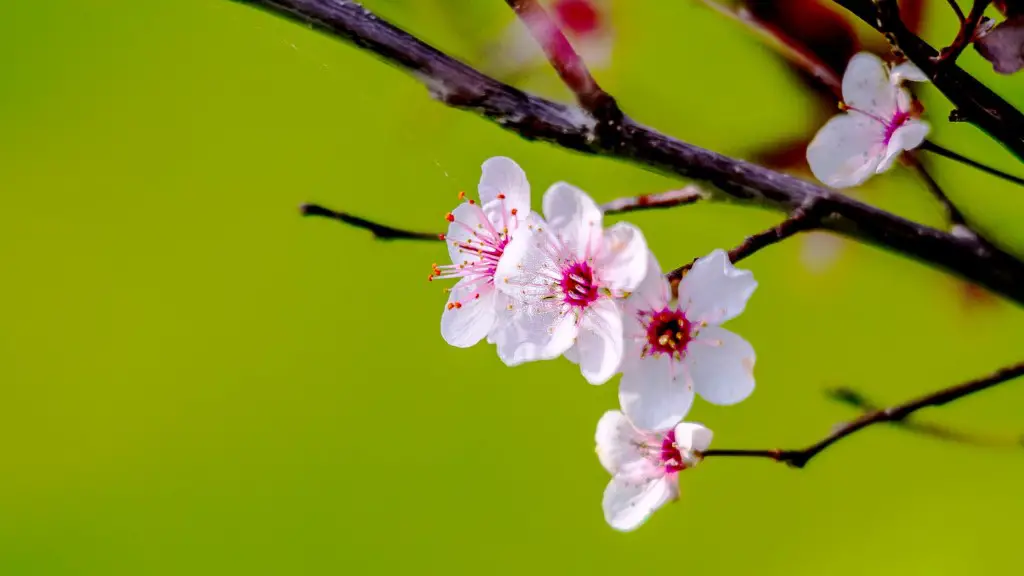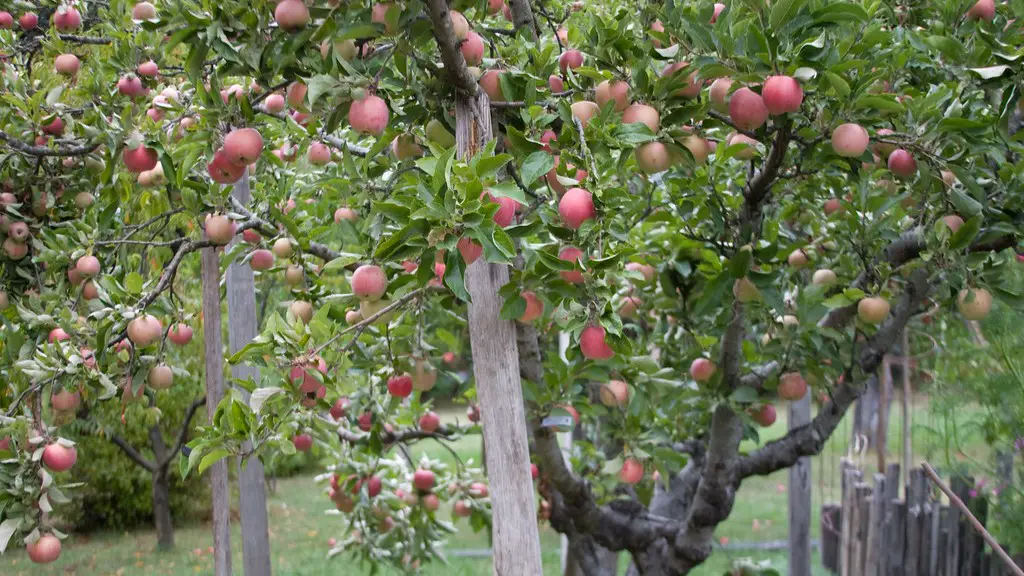Types of Soil
The right type of soil is essential for a successful cherry tree orchard. There are two types of soil for cherry tree orchards: light, sandy-clay soils, or heavier clay soils. Sandy-clay soils drain quickly and easily, but don’t hold nutrients or water for very long. Clay soils hold moisture better, but take longer to warm up in the spring, and their high mineral content can create an inhospitable environment for the cherry trees to grow.
Soil Evaluation
Having the right soil quality to allow the cherry tree to thrive is of utmost importance. This can be determined through a soil health evaluation done by a professional to determine soil composition before planting any cherry tree seedlings or saplings. The purpose of soil evaluation for cherry tree orchards is to determine if the soil has the physical, chemical, and biological characteristics to allow the growth and health of the cherry trees.
Soil Moisture
Soil moisture is another factor to consider when planting a cherry tree orchard. The soil must be able to drain well and not be overly wet after significant rain or irrigation. If the soil is too wet, the cherry tree roots can rot, leading to a tree death, stunted growth, and limited root development.
Soil Nutrient Analysis
Nutrient analysis of the soil is also important to determine if the cherry tree orchard will thrive. The soil must have enough nutrients to support the growth and health of the cherry trees. The soil needs to have proper amounts of the necessary macronutrients including nitrogen, phosphorus, and potassium, as well as micronutrients such as boron, zinc, manganese and copper. A soil test kit can be used to measure the pH level and nutrient levels of the soil.
Soil Amendment
If the soil test reveals a deficiency in any of the necessary nutrients, soil amendment with natural and organic materials can help to replenish the nutrients. Organic material such as aged manure or compost can be added to increase the amount of organic matter in the soil, thus helping to increase the fertility and water-holding capacity of the soil.
Mulch
Mulch is also beneficial for cherry tree orchards as it helps to retain moisture and improve soil aeration, as well as controlling weeds and promoting healthy growth. The ideal type of mulch would be organic and a minimum of 3 – 4 inches thick, such as straw, wood chips, bark, or composted leaves.
Fertilizing
Fertilizing the soil is also important for healthy and productive cherry trees. The best time to fertilize is in early spring. Start by fertilizing lightly around the base of each tree and increase the amount of fertilizer each month until August. It only takes a light hand to fertilize cherry trees, so err on the side of caution when fertilizing.
Winter Protection
Cherry trees need to be well protected during the winter months to ensure they stay healthy. Make sure the soil is adequately drained, and cover the trees with a thick layer of mulch and a burlap wrap. Additionally, adding overhead protection in the form of a net or shade cloth can also help protect the trees from heavy snowfall and frost.
Disease Prevention
Preventing pests and diseases in cherry trees is also important to ensure a healthy harvest. Keep the orchard well-maintained and try to keep pests away by clearing debris and weeds. Pruning is also important to remove dead or damaged branches to maintain a healthy growth pattern. Additionally, it is important to select disease-resistant varieties of cherry trees that are adapted to the local climate.
Proper Irrigation
Finally, proper irrigation is key for healthy growth and development of the cherry trees. The orchard should be irrigated on a regular schedule during the growing season, being careful not to overwater as this can lead to root rot or other diseases. The key to proper irrigation for cherry trees is to water deep and infrequently, as opposed to lightly and frequently, which can create an environment susceptible to soil moisture deficiency.


